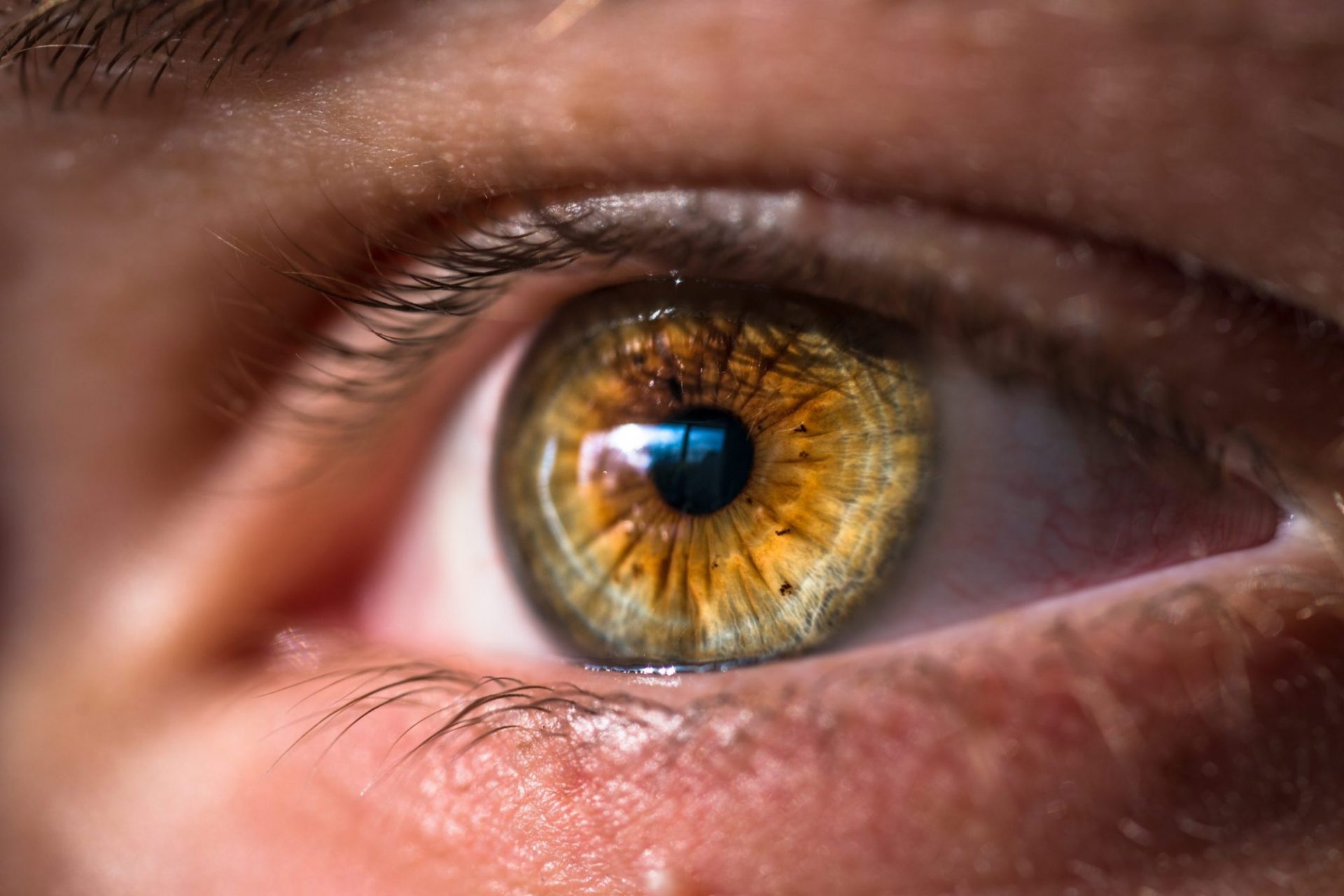- Master Slave optical coherence tomography1 (MS-OCT) operates like a time domain OCT1, selecting signal from a selected depth while scanning the laser beam across the sample.
Master Slave is a spectral (Fourier) domain OCT method, hence benefits from the sensitivity and speed advantage of the spectral (Fourier) domain methods in comparison with time domain method1, 3-5. - Master Slave method allows collection of signals from any number of depths, as required by the user, ie of any number of en-face OCT images, from any depths, separated by any distance from the neighboring en-face slices1, 3-5. MS-OCT does not require resampling of data, hence no linearization, no calibration necessary, no clock needed in the swept source OCT, no linearized spectrometer in spectrometer based OCT1, 3-5.
- MS-OCT is tolerant to dispersion7, so no need to optimize the quantity of glass in the interferometer. Since no data re-sampling is required, the sensitivity at large depths provided by the method proposed is slightly superior to that provided by the FFT based technique1, 3-5. The depth resolution does not depend on the way in which data are sampled, and reaches the theoretical expected limit1, 3-5.
- The Master Slave method is ideally suited to production of en-face OCT images from any tissue, including the eye, to satisfy the recent revival of interest in the en-face orientation7,8.
- The MS method is ideally suited for parallel computing algorithms on GPUs due to its parallel nature. Recently, we have demonstrated realtime production of MS based B-scan images of the human retina9 as well as a dual modality imaging system en-face SLO/OCT entirely based on MS method 10.

Principle of operation of the MS method illustrated here using a multi-layered object. Decoding of the depth information can be obtained by comparing the reference (mask) channeled spectrum (mask) with the three channeled spectra (CS1, CS2, CS3) produced by interference between the reference beam and the back-reflected light by the three reflecting structures in the object.
References
- A. Gh. Podoleanu and A. Bradu, “Master-slave interferometry for parallel spectral domain interferometry sensing and versatile 3D optical coherence tomography,” Opt. Express 21, 19324-19338 (2013).
- A. Gh. Podoleanu, “Principles of en-face optical coherence tomography: real time and post-processing en-face imaging in ophthalmology,” (in Clinical en-face OCT atlas, B. Lambruso, D. Huang, A. Romano, M. Rispoli, G. Coscas eds., J.P. Medical Ltd 2013), Chap. 1.
- A. Bradu and A. Gh. Podoleanu, “Calibration-free B-scan images produced by master/slave optical coherence tomography,” Opt. Lett. 39, 450-453 (2014).
- A. Bradu and A. Gh. Podoleanu, “Imaging the eye fundus with real-time en-face spectral domain optical coherence tomography,” Biomed. Opt. Express 5, 1233-1249 (2014).
- K. Kapinchev, F. Barnes, A. Bradu, A. Gh. Podoleanu, “Approaches to General Purpose GPU Acceleration of Digital Signal Processing in Optical Coherence Tomography Systems,” IEEE International Conference on Systems, Man, and Cybernetics (SMC), 2013, 2576-2580, (2013).
- A. Bradu, M. Maria, and A. Podoleanu, “Demonstration of tolerance to dispersion of master/slave interferometry,” Opt. Express 23, 14148-14161 (2015).
- First international congress of en-face OCT, Rome 2013.
- Second International Congress on “En-Face” OCT imaging New Developments in OCT, OCT Angiography, Rome, 2014.
- Adrian Bradu, Konstantin Kapinchev, Frederick Barnes, and Adrian Podoleanu, “On the possibility of producing true real-time retinal cross-sectional images using a graphics processing unit enhanced master-slave optical coherence tomography system,” J. Biomed. Opt., 20, 076008 (2015).
- Adrian Bradu, Konstantin Kapinchev, Frederick Barnes, and Adrian Podoleanu, “Master slave en-face OCT/SLO,” Biomed. Opt. Express 6, 3655-3669 (2015).
Applications of Master-Slave OCT
MS-OCT has been successfully applied to many different OCT-based applications, including multi-modal imaging and extended-functionality OCT systems. This technique has been featured on OCT News in August 2016.
A number of publications on the Master-Slave OCT applications can be seen below :
- R. Riha, M. J. Marques, M.R.Hughes, A.Bradu, A. Podoleanu, “Direct en-face, speckle-reduced images using angular-compounded Master-Slave optical coherence tomography“, Journal of Optics, IOP, Vol. 22, No. 5, J. Opt. 22 055302, (2020).
- M. Bondu, M. J. Marques, P. M. Moselund, G. Lall, A. Bradu, A. Podoleanu, “Multispectral photoacoustic microscopy and optical coherence tomography using a single supercontinuum source“, Photoacoustics 9, pp. 21-30 (2018).
- S. Caujolle, R. Cernat, G. Silvestri, M. J. Marques, A. Bradu, T. Feuchter, G. Robinson, D. K. Griffin, A. Podoleanu, “Speckle variance OCT for depth resolved assessment of the viability of bovine embryos“, Biomed. Opt. Express 8(11), pp. 5139-5150 (2017).
- S. Rivet, M. J. Marques, A. Bradu, A. Podoleanu, “Passive optical module for polarization-sensitive optical coherence tomography systems“, Opt. Express 25(13), pp. 14533-14544 (2017).
- R. Cernat, A. Bradu, N. M. Israelsen, O. Bang, S. Rivet, P. A. Keane, D. G. Heath, R. Rajendram, A. Podoleanu, “Gabor fusion master slave optical coherence tomography“, Biomed. Opt. Express 8(2), pp. 813-827 (2017).
- C. Chin, A. Bradu, R. Lim, M. Khandwala, J. Schofield, L. Leick, A. Podoleanu, “Master/slave optical coherence tomography imaging of eyelid basal cell carcinoma“, Appl. Opt. 55(26), pp. 7378-7386 (2016).
- A. Bradu, S. Rivet, A. Podoleanu, “Master/slave interferometry–ideal tool for coherence revival swept source optical coherence tomography“, Biomed. Opt. Express 7(7), pp. 2453-2468 (2016).
- J. Wang, A. Bradu, G. Dobre, A. Podoleanu, “Full-field swept source master-slave optical coherence tomography“, IEEE Phot. Journal 7(4), pp. 1-14 (2015).
